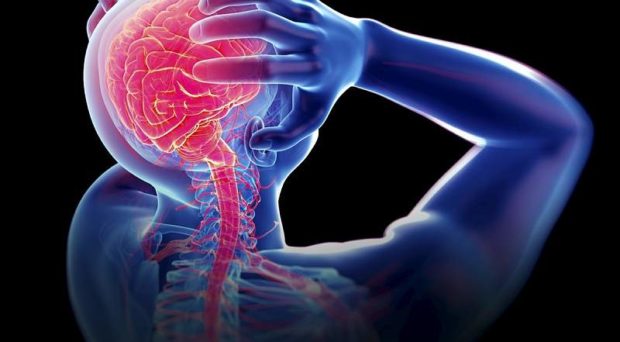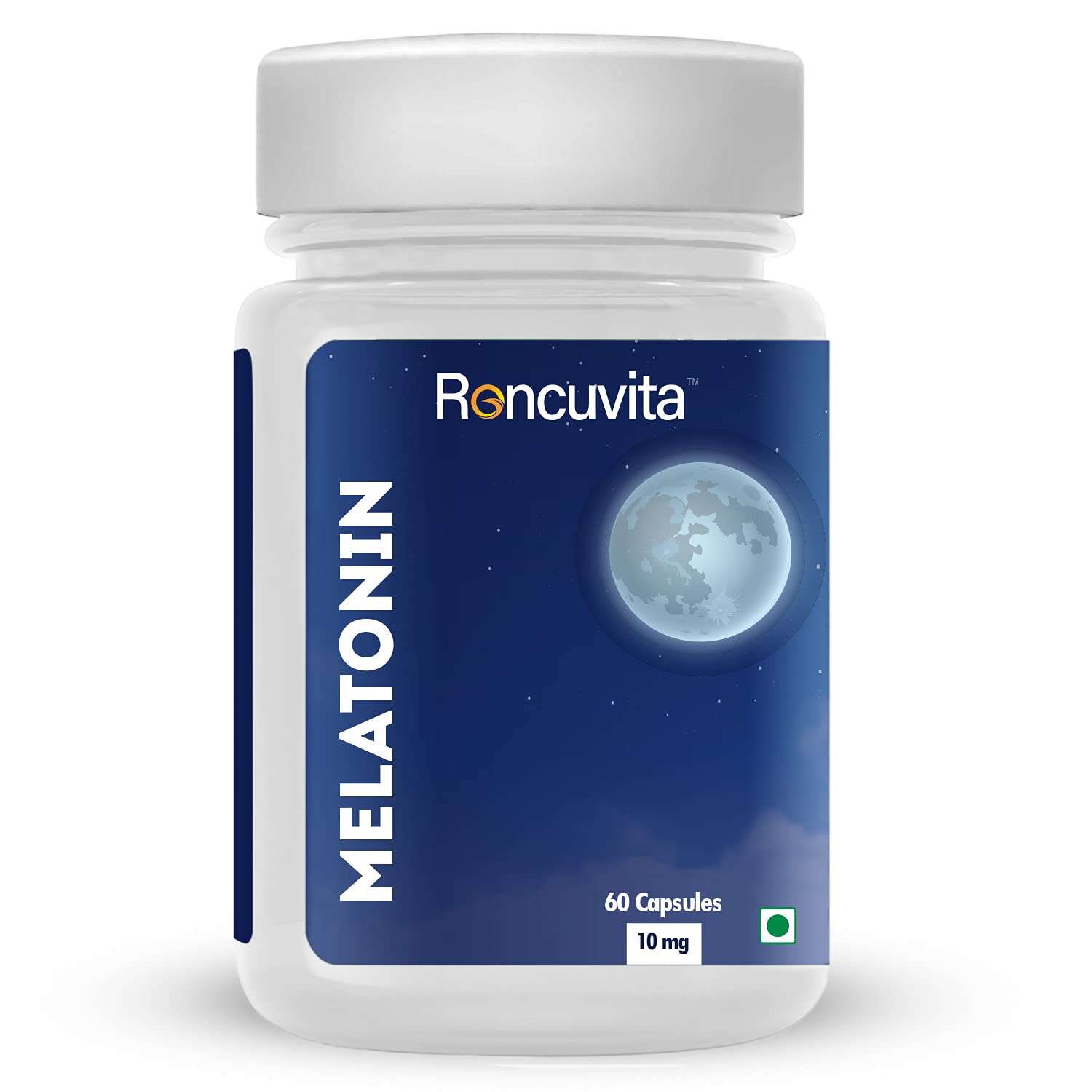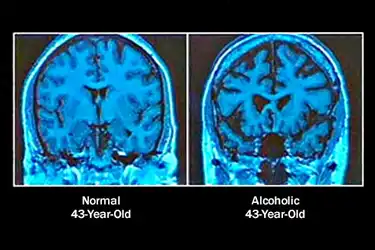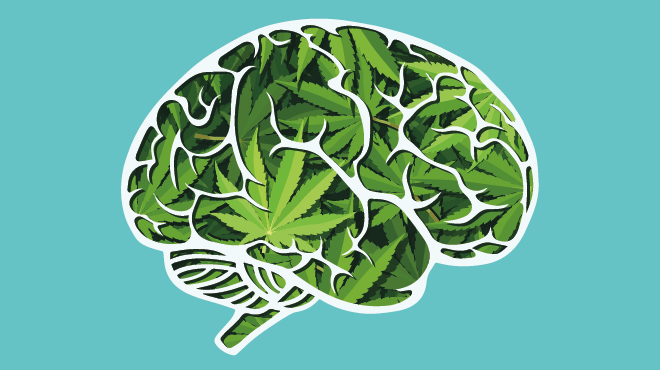how brain looks on drugs ?

Humans love drugs that noticeably change the way we think, feel, or move. Even our prehistoric ancestors were very fond of the effects of various plant substances. “We took drugs long before we became human,” writes British cultural historian Mike Jay in his book “High Society”. Only humans, however, were able to increase the effects of natural drugs. Alcohol, the world’s most dangerous drug, is the most commonly consumed — it causes minor changes in perception after just a few sips.
Other drugs have often been demonized in human history and their use criminalized. Above all, these include those that produce psychoactive effects that have a stronger influence on the brain; so-called “mind-expanding drugs”. The most famous example is cannabis, but it is experiencing a real boom today — public opinion on the subject is turning. Smoking weed is just becoming socially acceptable.
However, psychoactive substances that alter our consciousness, natural or chemical, legal or illegal, are widespread. Using modern scanning techniques, it is possible to precisely identify their impact on our brain. The illustrator Serge Seidlitz creates informative graphics. He worked on one of them for the magazine “ Popsci ”: He shows the brain as one can imagine it under the influence of drugs and enriched the visualization with current scientific knowledge.
Marijuana (THC)
Affected brain regions: amygdala and nucleus accumbens
THC binds to cannabinoid receptors on our nerve cells and alters the communication through the entire brain. It can lead to satisfaction in the “nucleus accumbens”, a reward center — in the “amygdala”, which regulates fear and emotions, but also to paranoia. THC reduces pain and nausea by preventing signals from sensory nerves to the brain. The renowned scientist and avowed marijuana user Oliver Sacks described the effect as follows: “I looked at my hand and it seemed as if it filled my entire field of vision. It seemed to get bigger and bigger as it moved away from me. Finally, I thought I would see my hand encircling the universe. “
cocaine
Affected brain region: the prefrontal cortex (PFC; an area in the frontal lobe).
Normally, dopamine, a messenger substance in the PFC, carries signals back and forth between neurons and binds them to cell receptors until they are transported away. But cocaine keeps the “happiness hormone” in place. The result: dopamine floods the brain, which leads to strong euphoria. That can be addicting. Regular use changes all of the dynamics in the PFC, the decision-making center in the brain, making it even harder for us to withstand the stimulant. Sigmund Freud, psychologist and cocaine user (was heavily criticized for his glorifications): “I regularly take a very low dose for depression and indigestion — with great success.”
sugar
Affected brain region: mesolimbic system (“positive reward system”).
What many do not know: candy changes our entire brain chemistry. When we ingest sugar, it activates a reward system that contains the “striatum” (responsible for the executive functions in the brain). This inevitably tells us to eat more of the tasty stuff. The cerebral cortex then decides whether to give in to the urge. Certain types and high amounts of sugar can massively disrupt this process; which causes sugar addiction in some people.

Best Rehabilitation Center in Lahore
- Ghamkol Decent Rehab Centre is the Best Rehabilitation Center in Lahore. An ideal place to get treated for alcohol, drug

alcohol side effects
- Ghamkol Decent Rehab center is the most trusted and reliable Drug Addiction Treatment Centre in Lahore. A leading organi

thinks of a alcoholic person and how to treat them ?
- Ghamkol Decent Rehab Centre is one of the besting Addiction Treatment Center in Lahore. Comprehensive treatment is provi

Melatonin Supplement: Use and Benefits
- Melatonin utilized as medication is generally made artificially in a lab. It is most usually accessible in pill structure

